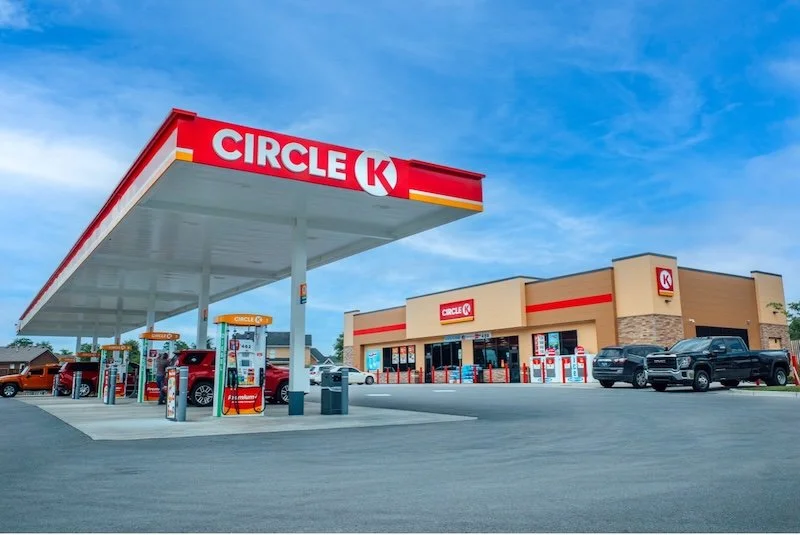Taking the guesswork out of retail: How to survive and thrive in 2019
By Naeem Arif, Founder, NA Consulting
A report by Bounie and Gille estimated that the world produced 14.7 exabytes of new information in 2008, nearly triple the volume of information in 2003. That was over 10 years ago so imagine what those figures would look like today.
For many retailers, it can be difficult finding out the answers to the many challenges they are facing like: what promotion will give me the best returns? How can I encourage customers to buy more, or more often? Or what technologies/platforms or apps should I introduce?
These questions and more are no longer based on guesswork; the answers lie in the customer data. Whether operating online, offline, or both, now more than ever, retailers should be paying attention to their store analytics and reports, as well as how to utilise them to shape their strategy for 2019 and beyond.
Mobile tracking
Devices equipped with Wi-Fi or Bluetooth emit a unique code. This code or MAC address can be logged by sensors whenever the user’s phone has Wi-Fi or Bluetooth turned on. This technology allows stores to track the movements of customers and identify valuable information, such as where they go, how long they spend in aisle, where they go after viewing an item and how long they spend at checkout.
Tracking can also give details on recurring patterns or new trends. They can determine whether they are a repeat customer, although it is worth pointing out that this form of tracking does not include any of the customer’s personal data. By using the insight provided by mobile tracking, retailers can make improvements to store layout and design, including staff locations, product merchandising and till positioning.
People counters
This analytical tool is typically used to measure a store’s footfall. For retailers with multiple locations, analysing footfall trends for each branch can provide insight into which marketing strategies are proving to be most effective and where.
Analytics can help shape practical decisions, such as which window merchandise and graphics are bringing in more customers. Staffing issues can also be addressed through people counters as an addition to helping ensure a healthy customer to staff ratio, the data can help with a more strategic approach to planning staff rotas, such as making sure the best staff are the shop floor at peak times.
Online coupons
The use of online coupons help to provide retailers information on which coupons brought in the most customers, based on the number used at check outs. The use of online campaigns seen on social media can provide data showing how many consumers clicked on the link, how many consumers used the coupon at the store and so on.
Subsequently, retailers can identify through individual stores which social sites were driving the most traffic as well as the best times or days to push content.
Putting your data to work in your store
With ever increasing levels of data available, retailers should look to focus on collecting information based on specific outcomes; this could be how long a customer is in the store, the average shop time, which parts of a store do customers visit the most, where customers live in relation to the store as well as cross-store comparisons.
Once the data is gathered, retailers must produce it in a format that can be analysed against previous data or benchmarks; for example, the waiting time at one store could be slower than the industry average.
This particular comparison for example, could lead to stores looking at their checkout process to find ways to make it more streamlined. In another example, a retailer may wish to know which part of their stores are getting the least foot traffic; by presenting data that is easily analysed retailers can identify where the foot traffic is lowest and what action should be taken.
Using data to personalize customer experiences
Personalisation is the next phase in effective use of customer data. E-commerce retailers automatically know if a customer is new or returning, leading to the receipt of different information based on their particular stage in the customer journey. The ability to gather data through mobile and social media can enable a similar process to be applied to the offline shopping experience too, creating even more opportunities for personalisation on the High Street.
What is clear is that despite the constant narrative that the High Street is dead, I once again argue that it is simply evolving. Those retailers who can utilise the advancement of technology to enhance both the online and offline customer experience will help ensure that the High Street not only survives but thrives in the future.










Continue reading…